Is the swim the weakest leg of your triathlon? Do you feel like you put more effort into your pool sessions and see fewer results compared to the other disciplines? Are you constantly working hard to keep up with the lane for a group session? The good news is there are likely some very easy gains to be made by simply slowing down in the water over the next few weeks.
Over the next few weeks, we’re going to bring you a “Swim Special” aimed at increasing your efficiency of movement through the water. When you watch the best swimmers in the world, they make it look effortless. They’ve mastered the basics. Their technical abilities in the water allow them to cruise along with ease.
For those of you who struggle with your swimming, this is the perfect time to take a step back from dragging yourself up and down the pool trying to swim as fast as you can. It’s early in the year and you’ll be banking plenty of work outside of the pool which will increase your overall fitness. By slowing down and focusing on your technique, when the time comes to swim fast again, you should notice more speed for less effort. Sounds good, doesn’t it? So, how do we do it?
Let’s bring the stroke back to complete basics. While your kick, pull, and breathing are all important aspects of your stroke, one of the most important elements of the stroke is your body position in the water. If you’re unable to hold a good body position in the water without trying to propel yourself forward, you’ll really struggle to do it when you bring in the arms and legs, never mind trying to breathe as well!
If you’re a triathlete, the best reason to go back to basics and work on your body position in the water is simply to “think aero” but, in this instance its hydrodynamics rather than aerodynamics.
Triathletes can spend hours talking and thinking about ways to get aero on the bike. Nailing your body position in the pool will help you find “free speed” in the water. Less drag means more speed for the same effort.
Poor body position in the water creates extra, and very often, completely unnecessary drag.
Lie flat on your front in the water in a streamline position. Try to keep your body as flat as possible at the surface of the water.
Your head and neck should be in a relaxed, neutral position above your shoulders, with the eyes looking at the bottom of the pool.
The back of your shoulders should break the surface of the water.
Your head position will naturally affect your hip position. Your hips should be high as you try to stay flat near the surface of the water. If you raise your head your hips should drop. If you press down through your chest, your hips should rise.
If your legs start to sink, remember to engage your core, glutes, and hamstrings.
Find a spot in the pool and move into your streamline body position at the surface of the water. Try to rotate on to your back using only your core muscles. If done correctly, you should be able to swivel onto your back slowly without using your arms or legs, and finish in a streamline position on your back. Try rotating both left and right. Then try going from front to back, back to front, front to front, and back to back. These drills are helpful for your perception of your body in the water and will be useful later on when looking to maintain your body position while incorporating your breathing and stroke.
Moving on from these drills, push off the wall underwater in a streamline position and allow yourself to come to a natural stop at the surface of the water. Try to maintain your body position for a few seconds before either returning to the wall or continuing down the pool. If you have a snorkel, you can work on this drill by continuing in the streamline position at the surface of the water for the length of the pool, moving forwards just by kicking your legs.
Spend a few minutes after your warm-up practicing these drills to get a feel for the right position and get your core muscles activated.
Work in pairs so you are able to get feedback on where your body is in relation to the surface of the water.
Try to relax as much as possible. The more relaxed you can be holding this position, the easier the next steps of your swimming will be!
Try and incorporate these into the beginning of your swim sessions for a few weeks to emphasise what good body position feels like. It’s the foundation of your swimming and if mastered will help take time off your swim for less effort.
Stay tuned for Part 2!
